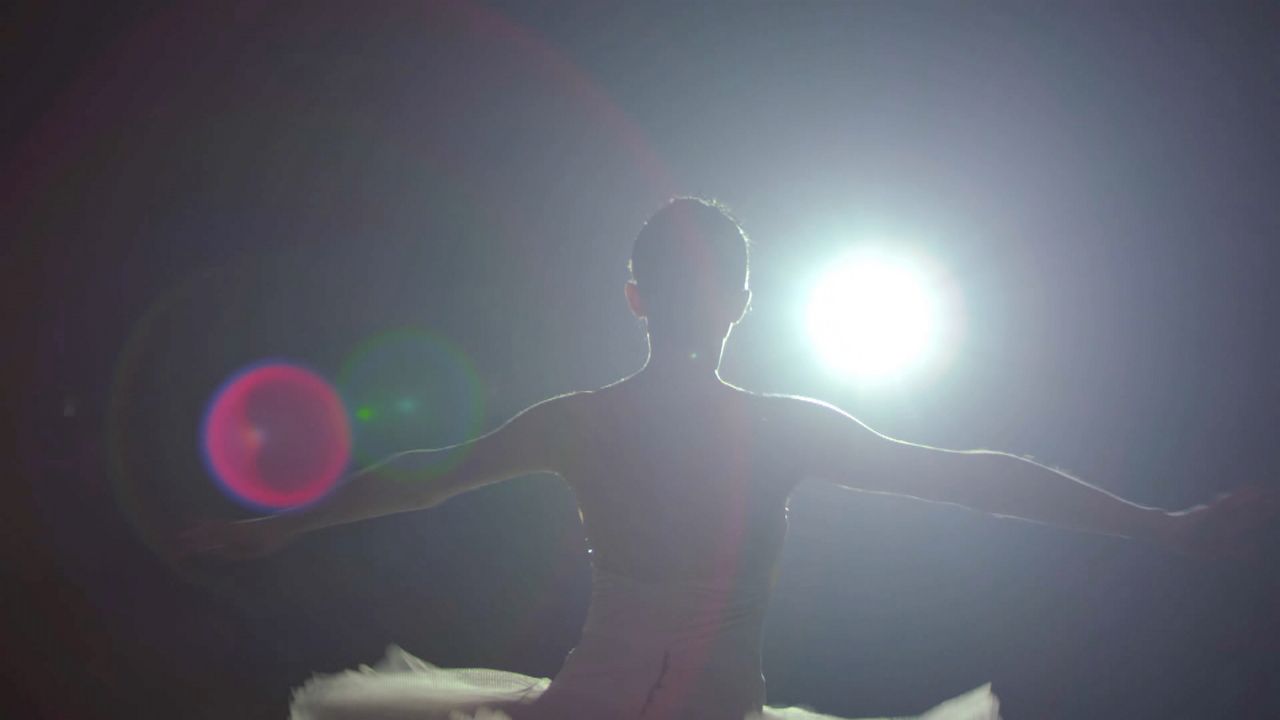For most of the year, the Los Angeles River is sustained by a flow of wastewater.
Now, a battle is brewing between environmentalists and wastewater recycling advocates about where that wastewater should go. In an interview for "LA Times Today," staff writer Louis Sahagun told host Lisa McRee about the water fight and the future of the LA River.
What You Need To Know
- About 90% of the water in the LA River comes from treatment plants
- The other 10% is urban runoff captured by a network of 2,000 storm drains
- LA Mayor Eric Garcetti pledged to recycle 100% of city's wastewater by 2035
- Recycling runoffs could help cites on their environmental goals and reduce reliance on imported water from Northern California and other states
Much of the water in the LA River is treated sewer water. Most of it comes from toilet and sinks and is discharged by Glendale, Burbank and city of LA.
"The water is purchased or imported from the Colorado River, from the Bay Area," said Sahagun. "It comes down to three water reclamation plants along the river, and it's treated with U.V. lights, and then it goes [to] cities. What the cities don't use flows back and gets dumped into the river. What they don't use is toilet, water sink, water, etc. It goes into the LA River at a rate of more than 35 million gallons per day, and it's flushed to the Pacific Ocean."
Some cities along the river are now trying to conserve some of the wastewater that ends up in the ocean.
"Ironically, some of those very same critics were during the historic drought of 2012 to 2018 were even taking Glendale and Burbank and LA to court on grounds they weren't doing a good enough job of recycling their water," Sahagun said. "Well, now that those cities want to recycle every drop they can get their hands on, given the uncertainties of climate change. Some of those critics are going, 'Wait a minute!' If they recycle all the water, there'll be nothing left, nothing at all for anyone downstream. [The river] will be one long, barren, bone dry concrete channel, except for two or three times a year, when the river floods from from a storm. And evaporating with that water will be big plans for civic amenities for some of the poorest, most densely populated cities in the United States. They want to see water flowing through their neighborhoods. They want parks. They want all those things. So they're at stake."
Plans to develop the river north of downtown LA could also impact other areas along the riverbed.
"There are billions of dollars' worth of development. And so the stakes could not be higher. This battle is going on right now. It's interesting that many people don't know this fight is going on. And yet the very future in many ways, up the river and the city, are on the table," Sahagun added.
Certain municipalities like LA have set environmental goals aiming for 100% recycling of its wastewater by 2035.
"LA also recently spent 60 million dollars on 100 acres known as Taylor Yard, just north of LA, to be a showcase riverside development to transform at least a portion of LA into the kind of natural amenity that other cities around the world with a river enjoy," said Sahagun. "Well, if there's no water coming down that channel, well, then what is Taylor Yard are gonna look at? It's really interesting. I think it's a shame that no one, including really smart engineers and civic leaders and conservationists, thought it through."
Watch "LA Times Today" at 7 and 10 p.m. Monday through Friday on Spectrum News 1 and the Spectrum News app.











